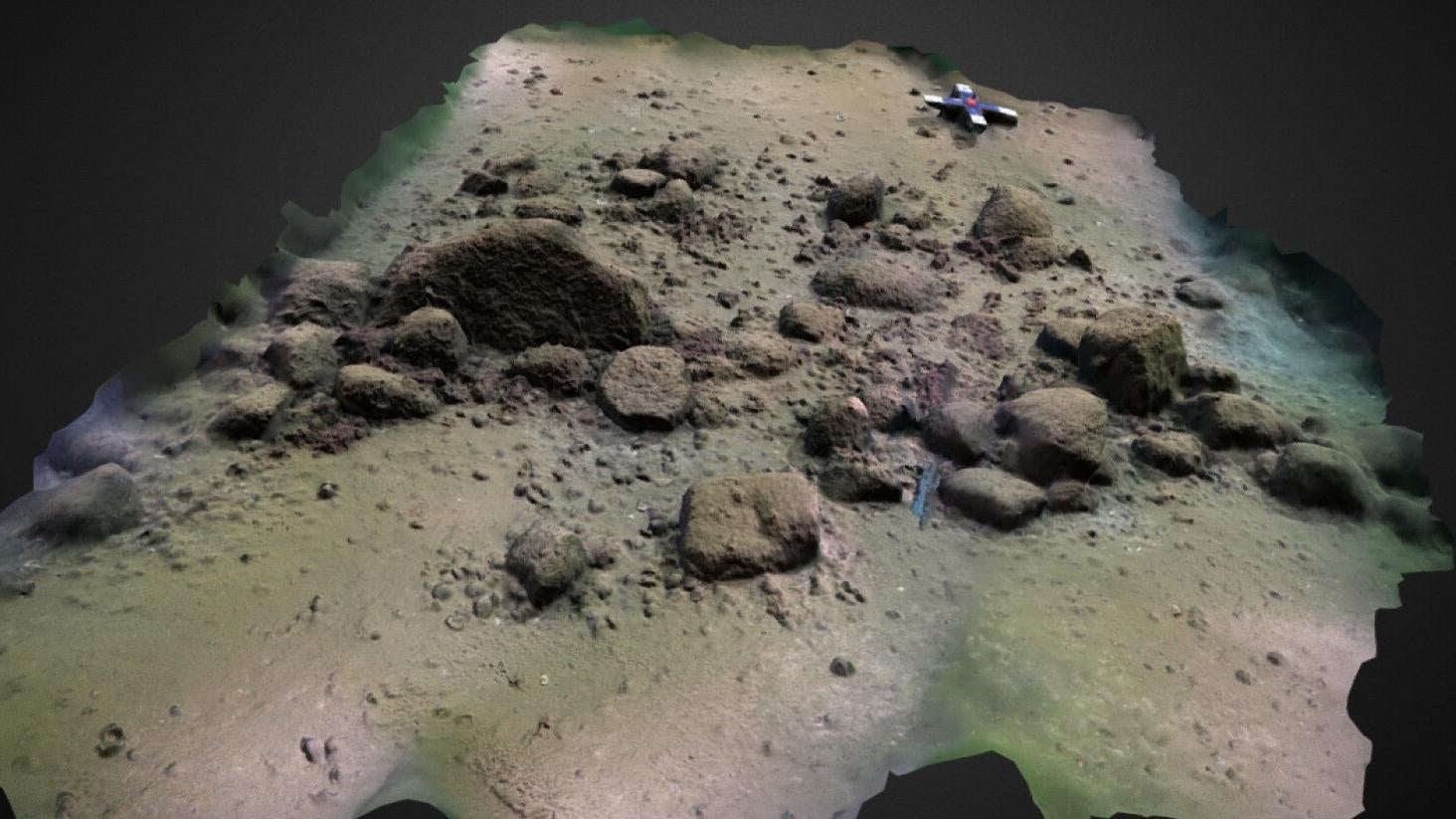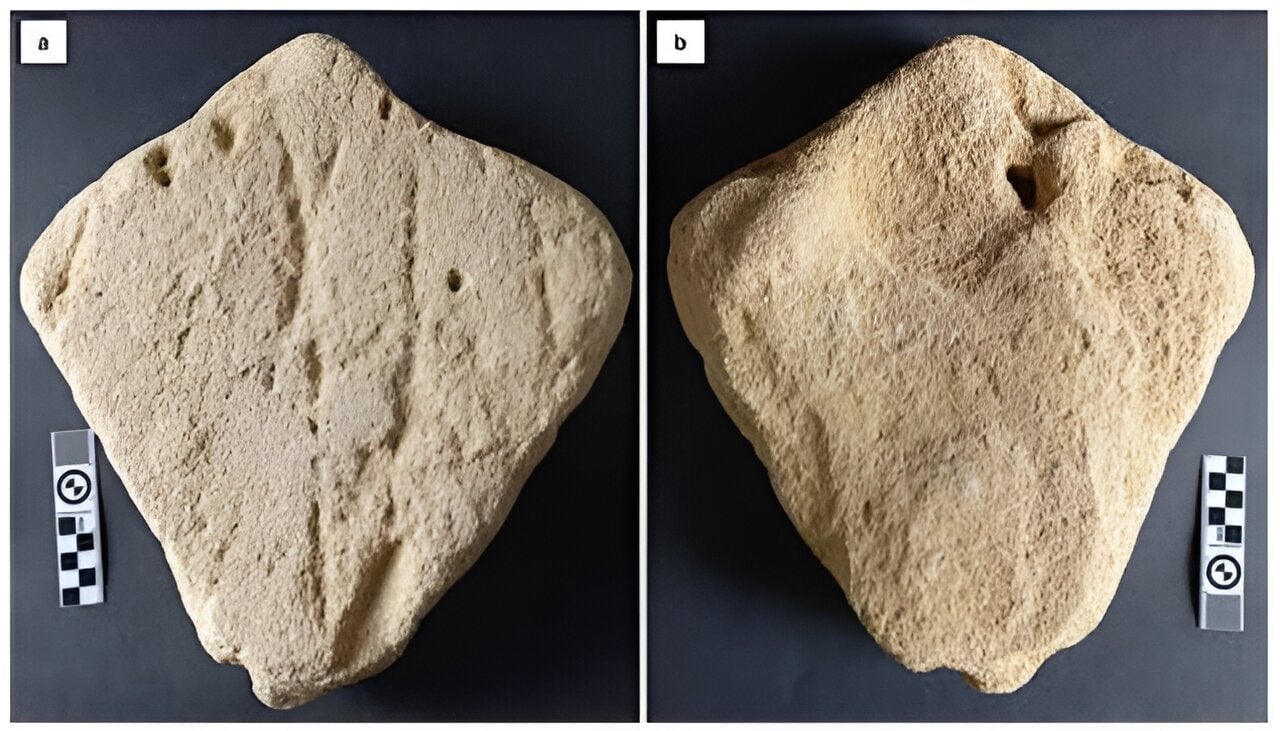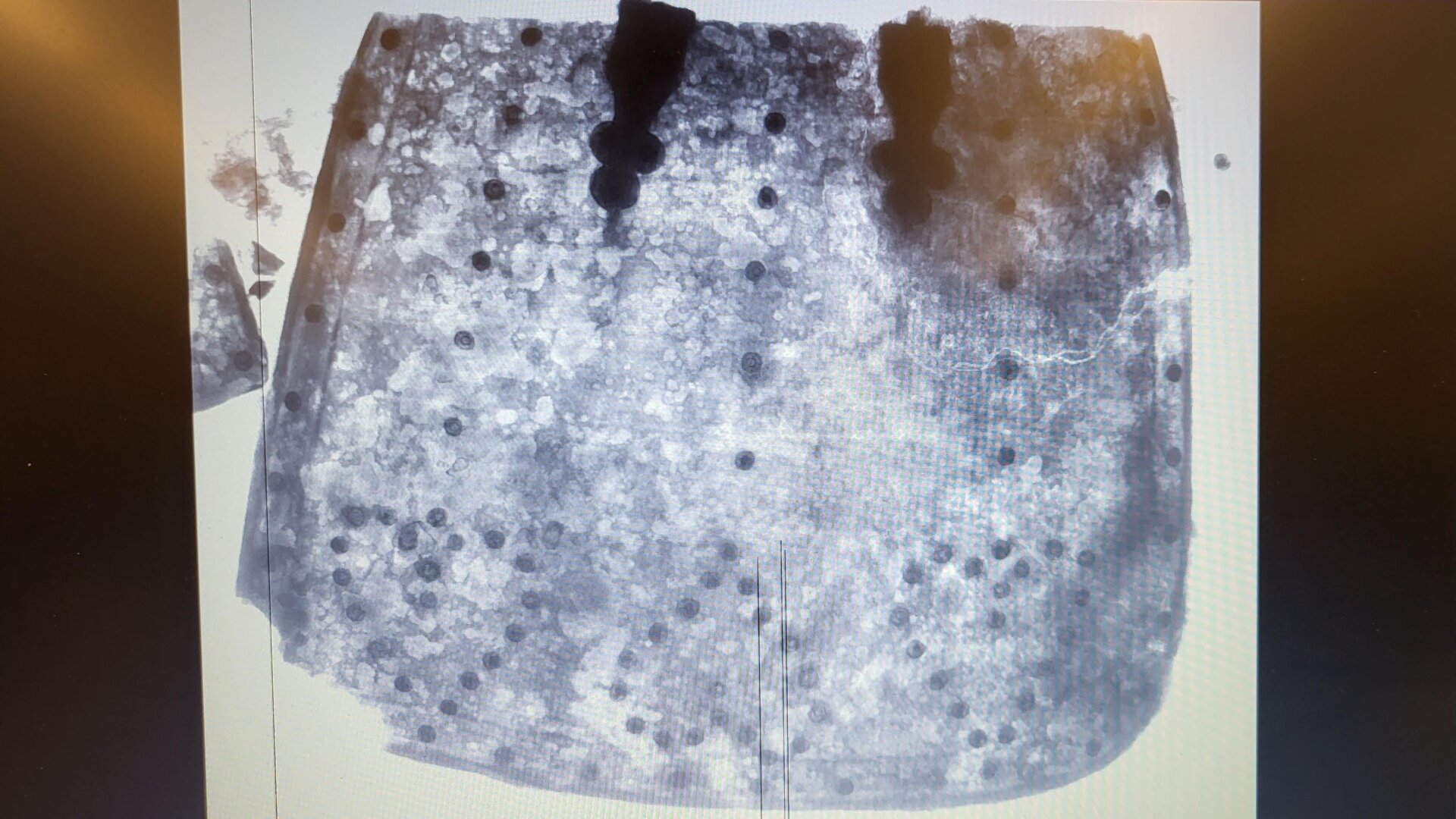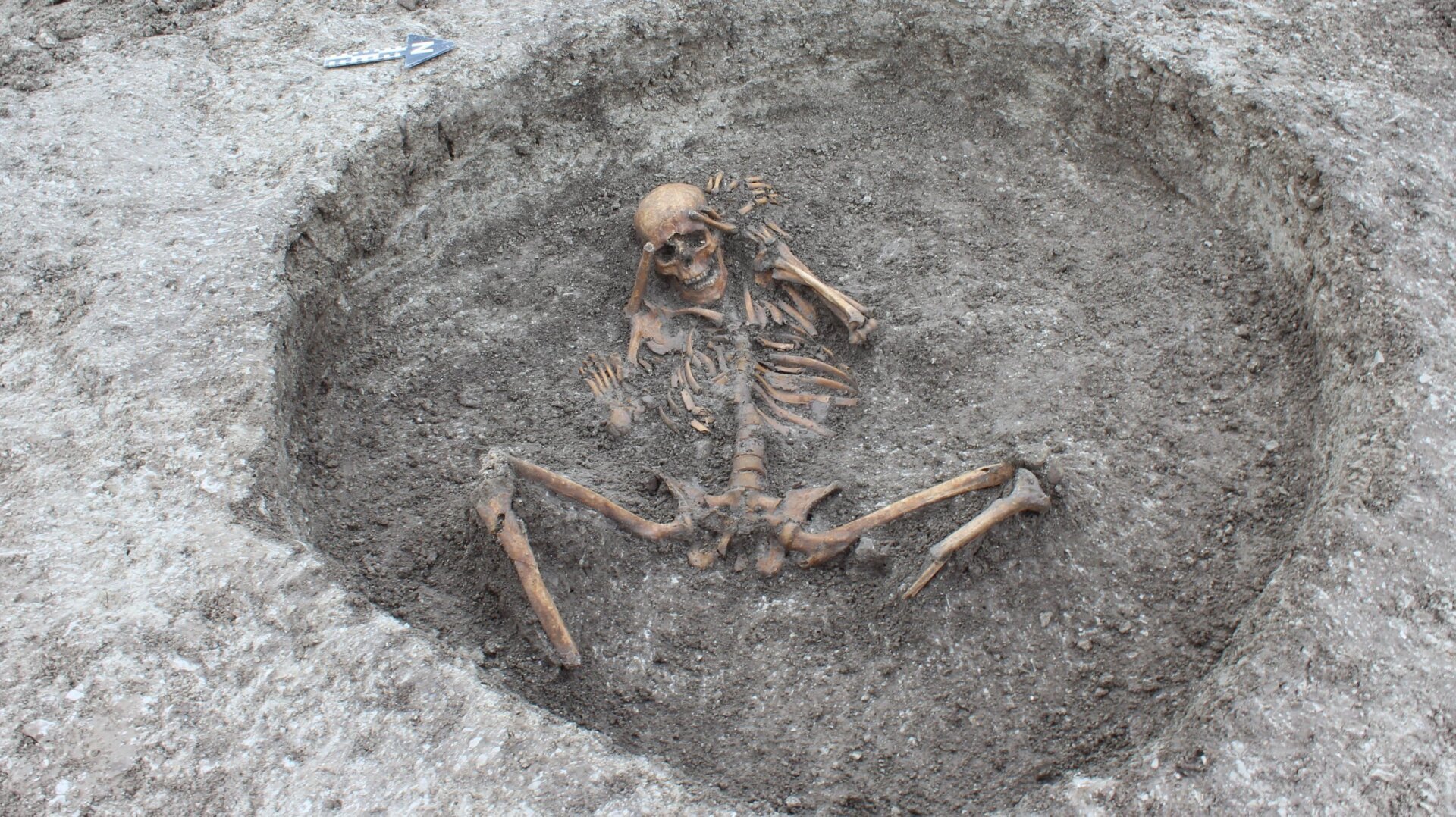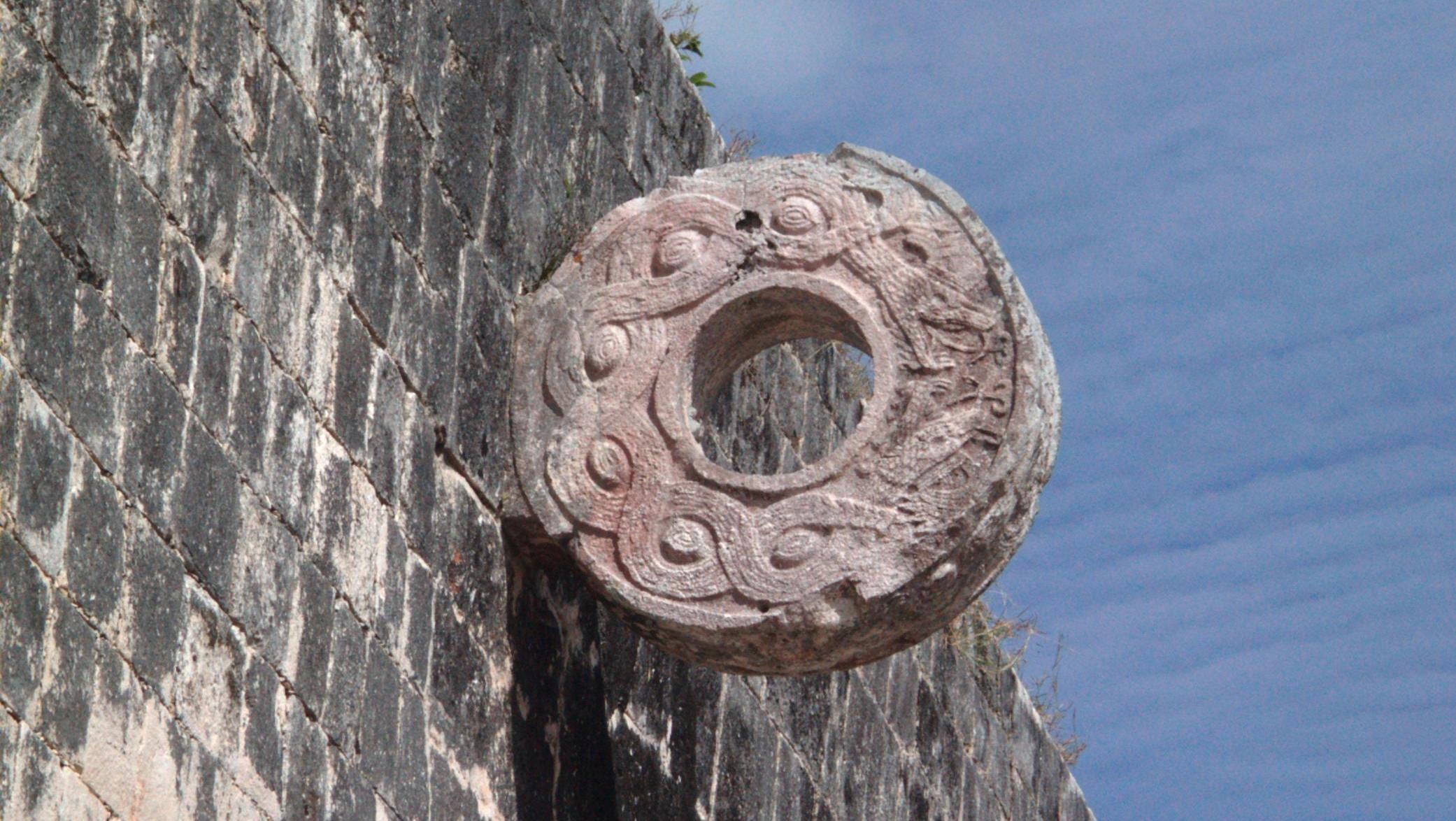Divers exploring the Baltic Sea off the coast of Rostock, Germany, have stumbled upon the fragmented remains of a stone wall. Researchers believe this remarkable structure dates back over 10,000 years to the Stone Age, potentially making it the oldest human megastructure in Europe. Its purpose is thought to have been herding prey during hunts.
The wall’s existence points to a time when sea levels were significantly lower. Around 8,500 years ago, rising waters engulfed the structure, which now lies 69 feet (21 meters) below the surface. A recent paper detailing the discovery, published in the Proceedings of the National Academy of Sciences, describes the find as “thrilling” not only for its age but also for its sociocultural implications.
The research highlights the observations of archaeologist Ashley Lemke from the University of Texas at Arlington. Lemke emphasizes that such permanent hunting structures “anchor [the foragers] to certain places on the landscape and create sociopolitical and economic tensions concerning ownership, territoriality, leadership, labor aggregation, group size, and other social dynamics.” This suggests the wall’s builders held a strong claim to the now-submerged land and commanded sufficient manpower to construct and utilize such a large-scale structure.
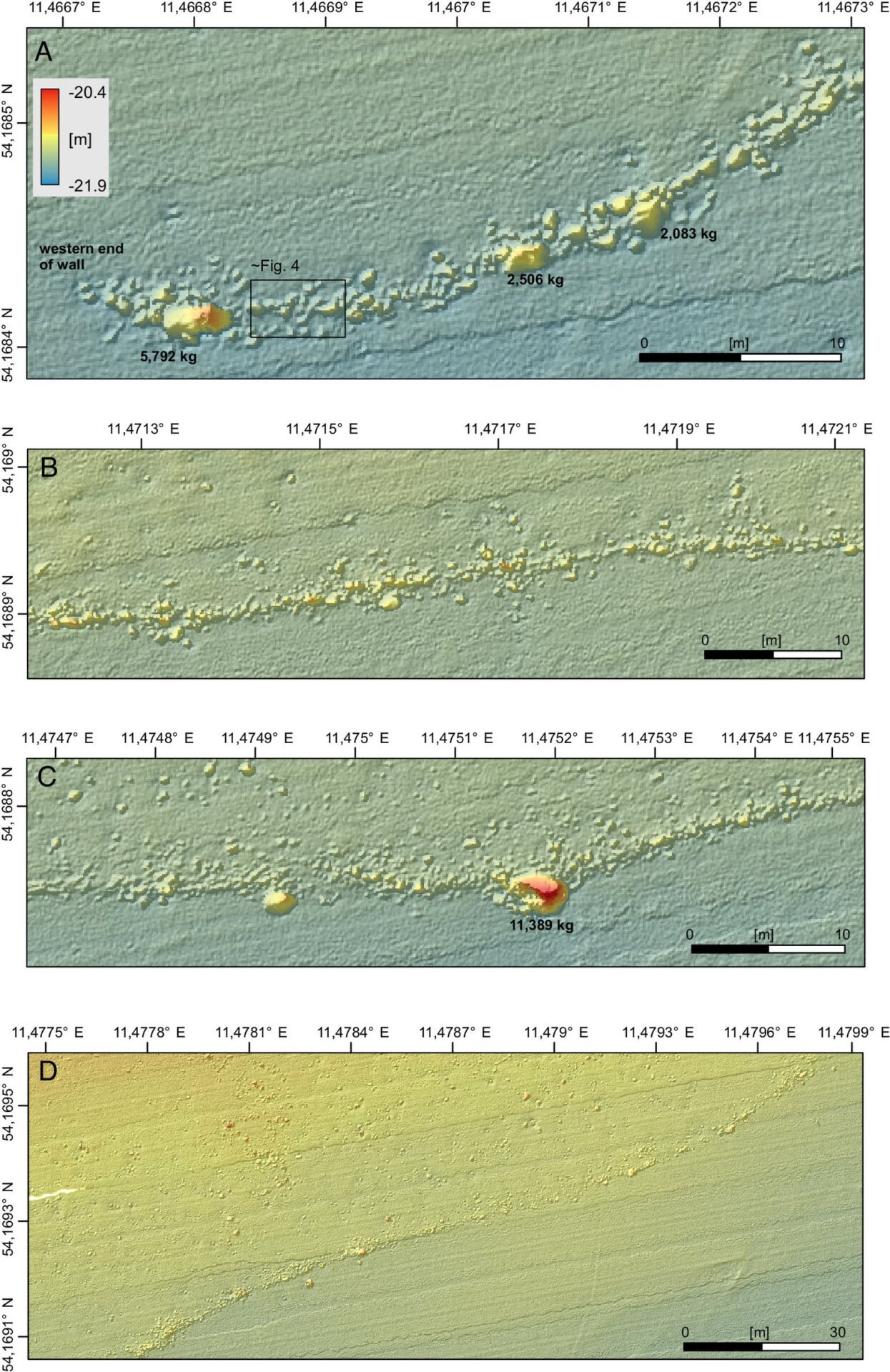 Map showing the overall layout of the submerged Stone Age wall and highlighting the largest rocks.
Map showing the overall layout of the submerged Stone Age wall and highlighting the largest rocks.
The wall stretches approximately 0.6 miles (1 kilometer) and consists of an estimated 1,673 rocks. While most weigh under 220 pounds (100 kilograms), several hundred are considerably heavier, with the largest tipping the scales at a massive 25,100 pounds (11,389 kilograms). The wall’s height generally doesn’t exceed 3 feet (1 meter). In its prime, the structure bordered an ancient lake or bog. The researchers note the stones’ arrangement “argues against a natural origin by glacial transport or ice push ridges.”
Humans, both Homo sapiens and our Neanderthal relatives, have a long history of manipulating the environment for their needs, from crafting tools and creating fire to establishing settlements. Large-scale landscape modifications for hunting are a prime example of this.
In 2022, archaeologists uncovered hundreds of pits near Stonehenge in southwestern England. These pits, predating Stonehenge by thousands of years, were likely hunting traps for large game such as red deer, boar, and aurochs. This practice wasn’t confined to Europe. Last year, archaeologists in Saudi Arabia discovered carvings in rock that appear to be blueprints for large rock hunting structures known as kites, estimated to be between 7,000 and 8,000 years old.
 Close-up view of some of the stones that make up the submerged wall in the Baltic Sea, showcasing their size and arrangement.
Close-up view of some of the stones that make up the submerged wall in the Baltic Sea, showcasing their size and arrangement.
The submerged wall remnants seem to have served a similar purpose to these kites – acting as a drive lane to channel wild animals, making them easier targets for hunters. Researchers propose the most probable quarry was the Eurasian reindeer (Rangifer tarandus).
Regardless of the specific prey or the hunters’ identity, the wall stands as a remarkably well-preserved example of Stone Age construction in Europe. Precisely dating the wall will be challenging. However, the oldest known drive lane, dated using luminescence techniques, is approximately 10,000 years old, placing the Baltic Sea discovery among the oldest known structures of its kind.
This discovery provides valuable insight into the ingenuity and social organization of early human communities. Further research promises to unveil even more about the lives and practices of these ancient hunters.



